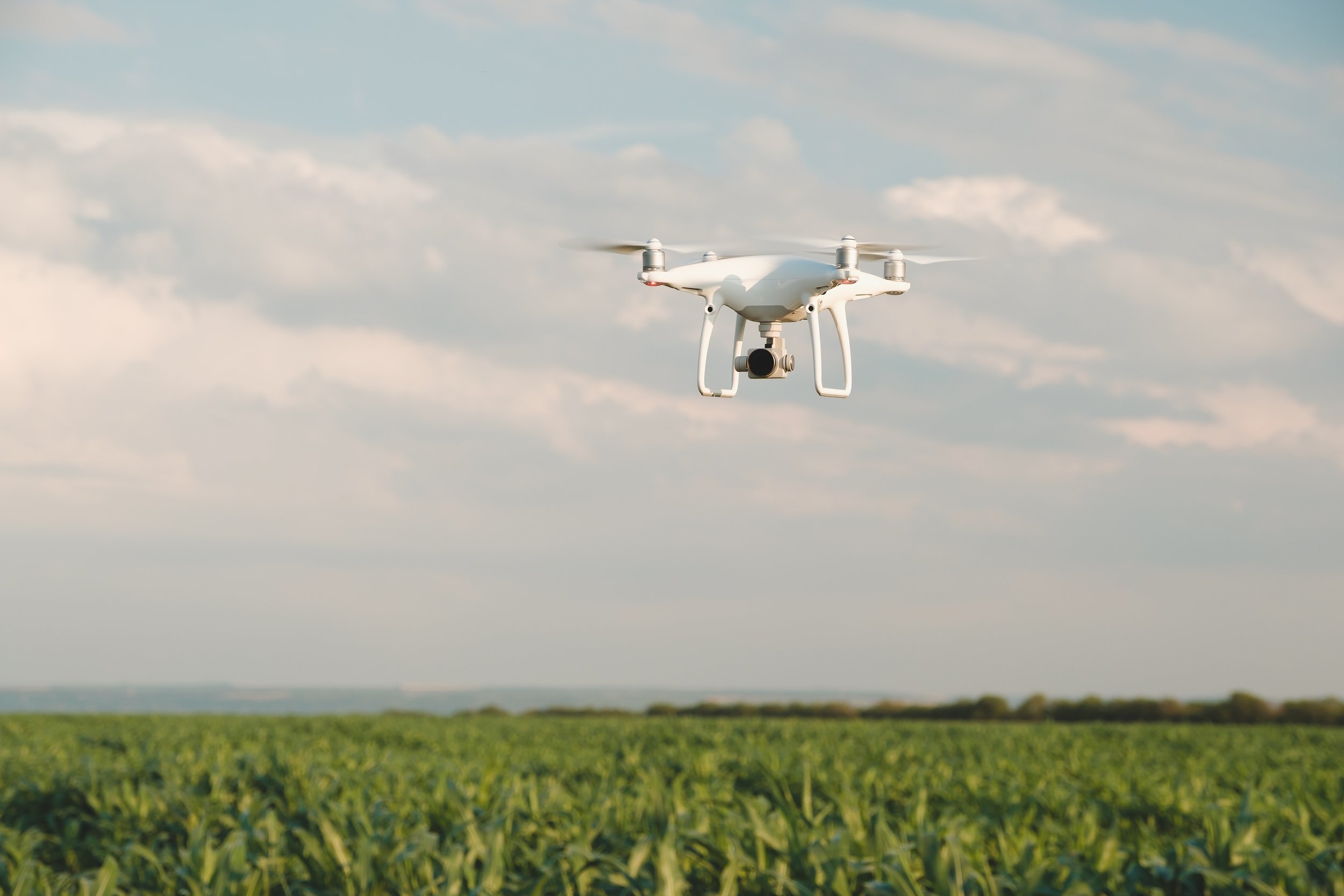Drones in Research: Revolutionizing Data Collection and Analysis in 2024
Drones are no longer just tools for aerial photography or package delivery—they are transforming the field of research by providing innovative solutions for data collection, analysis, and exploration. In 2024, researchers across disciplines are leveraging drone technology to study everything from climate change and wildlife behavior to archaeological sites and disaster zones. At Raising Drones, we’re excited to explore how drones are revolutionizing research and enabling scientists to uncover new insights with unprecedented precision and efficiency.
The Role of Drones in Modern Research
Drones offer researchers a unique combination of accessibility, versatility, and cost-effectiveness. They can access remote or hazardous areas, capture high-resolution data, and perform repetitive tasks with minimal human intervention. This makes them invaluable for a wide range of research applications.
1. Environmental and Climate Research
Drones are playing a crucial role in understanding and mitigating the impacts of climate change. Equipped with advanced sensors, they can monitor environmental changes, such as deforestation, glacier retreat, and coastal erosion, in real-time.
For example, in 2023, researchers from the University of Cambridge used drones to study the melting of Greenland’s ice sheets. The drones captured high-resolution images and thermal data, providing valuable insights into the rate of ice loss and its contribution to rising sea levels. Similarly, in the Amazon rainforest, drones are being used to monitor deforestation and track illegal logging activities, helping conservationists protect this vital ecosystem.
2. Wildlife Conservation
Drones are revolutionizing wildlife research by enabling non-invasive monitoring of animal populations and behavior. They can track migratory patterns, count species, and even collect biological samples without disturbing the animals.
In Africa, drones are being used to combat poaching by monitoring endangered species like elephants and rhinos. A 2023 study by the World Wildlife Fund (WWF) found that drone surveillance reduced poaching incidents by 30% in protected areas. Additionally, marine biologists are using underwater drones to study coral reefs and marine life, providing a clearer picture of ocean health.
3. Archaeology and Cultural Heritage
Drones are transforming archaeology by providing new ways to explore and document historical sites. They can create detailed 3D maps, uncover hidden structures, and monitor the condition of ancient ruins.
In 2024, researchers in Peru used drones to map the Nazca Lines, a series of ancient geoglyphs, revealing previously undiscovered patterns and designs. Similarly, in Italy, drones are being used to monitor the structural integrity of historical landmarks like the Colosseum, helping preservationists plan restoration efforts.
4. Disaster Response and Recovery
Drones are invaluable tools for studying natural disasters and aiding in recovery efforts. They can assess damage, map affected areas, and locate survivors in the aftermath of events like earthquakes, hurricanes, and wildfires.
For instance, during the 2023 wildfires in Australia, drones equipped with thermal imaging cameras helped firefighters identify hotspots and plan containment strategies. In Japan, researchers are using drones to study the impact of tsunamis on coastal communities, providing data to improve disaster preparedness and response.
Advantages of Using Drones in Research
1. Accessibility
Drones can reach areas that are difficult or dangerous for humans to access, such as remote mountains, dense forests, or active volcanoes. This makes them ideal for studying extreme environments and conducting fieldwork in challenging conditions.
2. Cost-Effectiveness
Compared to traditional methods like manned aircraft or satellite imagery, drones are a more affordable option for data collection. They require less infrastructure and can be deployed quickly, reducing the overall cost of research projects.
3. High-Resolution Data
Drones equipped with advanced cameras and sensors can capture detailed images, videos, and measurements with unparalleled accuracy. This high-resolution data enables researchers to analyze phenomena at a granular level and make more informed conclusions.
4. Real-Time Monitoring
Drones provide real-time data, allowing researchers to monitor changes and respond immediately. This is particularly useful for studying dynamic processes like weather patterns, wildlife behavior, or disaster impacts.
Challenges and Considerations
While drones offer numerous benefits, there are also challenges to consider:
1. Regulatory Compliance: Researchers must adhere to local drone regulations, which may include restrictions on flight altitude, no-fly zones, and data privacy.
2. Battery Life: Limited flight time can be a constraint for long-duration research projects.
3. Data Management: The large volumes of data collected by drones require efficient storage, processing, and analysis tools.
4. Technical Expertise: Operating drones and interpreting the data they collect often requires specialized skills and training.
Real-World Examples of Drones in Research
- Climate Science: Researchers at the University of Alaska used drones to study permafrost thawing, providing critical data on the impacts of global warming in the Arctic.
- Marine Biology: The Ocean Exploration Trust deployed underwater drones to explore deep-sea ecosystems, discovering new species and mapping underwater volcanoes.
- Public Health: During the COVID-19 pandemic, drones were used to deliver medical supplies and collect air samples to monitor virus transmission in hard-to-reach areas.
The future of research is here, and it’s taking flight. Are you ready to explore new horizons with drones?
Raising Drones: Empowering Researchers with Drone Technology
At Raising Drones, we’re passionate about supporting researchers with the tools and expertise they need to succeed. Whether you’re studying environmental changes, wildlife behavior, or historical sites, our drone solutions are designed to enhance your research capabilities and deliver actionable insights.
In 2024, drones are not just a tool for research—they are a catalyst for discovery. By embracing this technology, researchers can push the boundaries of knowledge and address some of the world’s most pressing challenges.
The future of research is here, and it’s taking flight. Are you ready to explore new horizons with drones?
Sources:
- University of Cambridge, "Drone Research on Greenland’s Ice Sheets"
- World Wildlife Fund (WWF), "Drone Surveillance in Anti-Poaching Efforts"
- University of Alaska, "Permafrost Thawing Studies Using Drones"
- Ocean Exploration Trust, "Underwater Drones for Marine Research"
- Case Studies: Nazca Lines Mapping, Australian Wildfires, and COVID-19 Response
- Grand View Research, "Global Drone Market Report 2023"
- Federal Aviation Administration (FAA), "Drone Regulations for Research"

